Hello everyone, this is Uri, Guerrilla Poker Head Coach. In this video, I will continue to analyze the hands played by GTO boss Linus Love and exploit king Stefan. We have already seen that Linus also has a talent for exploiting, and Stefan is well versed in GTO. We continue.
Heads-up, $50/$100, 101bb effective stack. Linus on the button. He raises to $245. Stefan calls. As a reminder, the correct HU sizing range for a 100bb stack is between 2.2bb and 2.6bb – you are bound to lose EV if you go outside of this range, so it's best not to do this without a good reason.
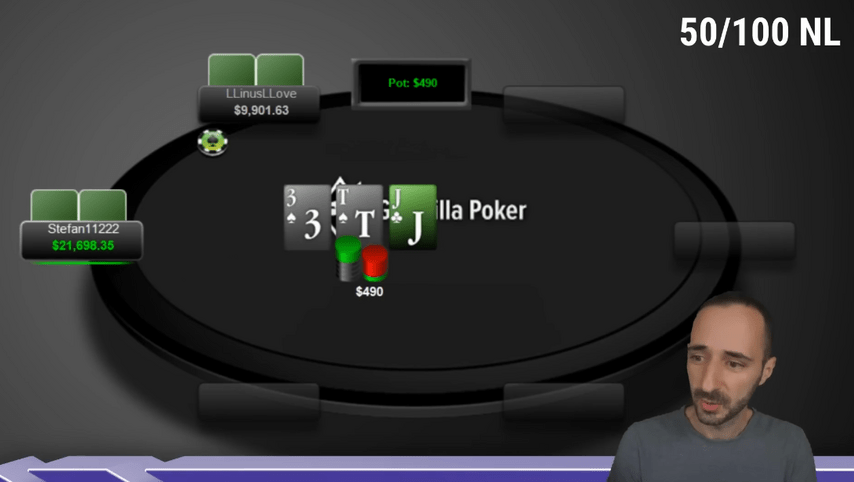
On the flop, Stefan checks and Linus bets 30% of the pot, $151, apparently believing himself to be able to c-bet as wide as possible. Bet with in such a situation, he regards as a good barrel, while wants to try to check the turn and river to showdown.
Stefan calls. Against this bet, he should check-raise aggressively, but the board is extremely favorable for the raiser, as Stefan's range contains no sets of jacks, no tens, and no overpairs. Linus is very strong on this texture.
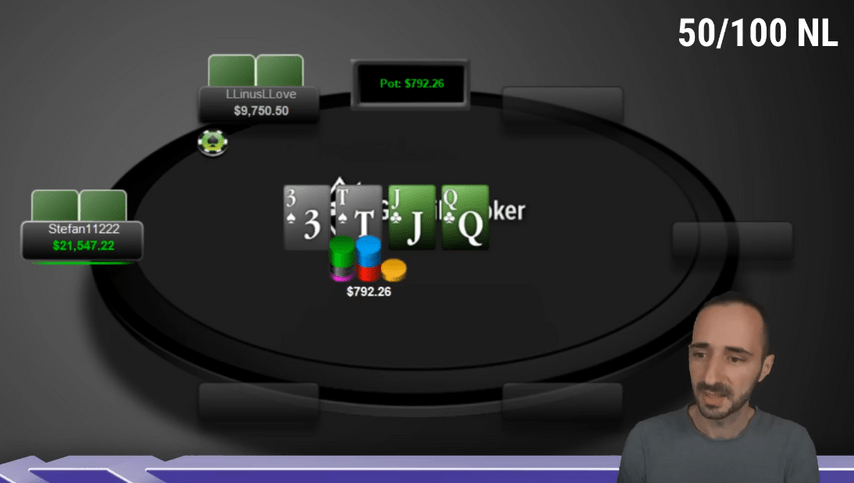
On the turn, Stefan checks and Linus overbets for $1,105. Overbets are generally rarely used on turn-filling straights. Generally speaking, it's good to bet overbets on textures where you have a significant nut advantage. When the strongest possible hand is a straight, the nuts usually even out, plus the cards that complete the straight add a variety of two pair to both players, so overbets become irrelevant and sizings go down. However, this turn is an exception, as the strongest straight is – a hand that is not in Stefan's range, but Linus has all 16 of its cpmbinations. Therefore, an overbet is appropriate here, and the sizing can be increased if desired. For Stefan, who has no , it will be difficult to defend against such a strategy.
Stefan calls.
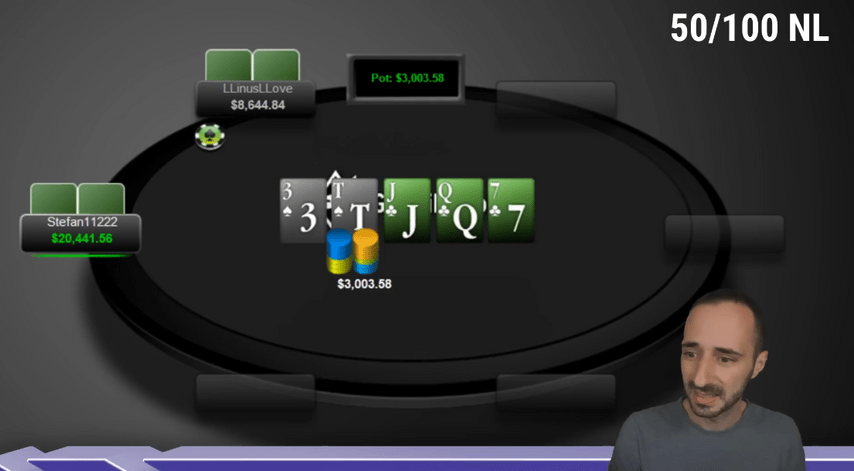
The backdoor flush completes, and...
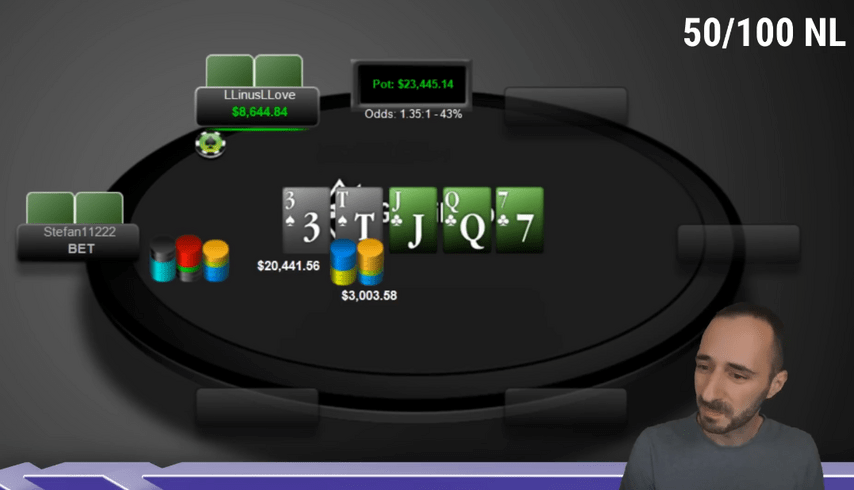
...Stefan donks all-in for nearly three times the pot!
Just now you felt invincible with , or and were thinking about the size of the next bet, and then the river hits and Stefan overbets you in your face with a 3x pot bet. The range with which he does this for value, given that you have all combinations , and he has none – this is obviously a flush. So it's either a flush or a bluff with some with one club. All your straights and sets instantly become bluffcatchers, their absolute strength loses its meaning, and blockers or reads take the lead. Catching a bluff is not the most pleasant and profitable situation in poker.
The strongest professionals are able to adapt to such situations, instantly forget about the absolute strength of their combinations and choose those that increase the number of bluffs in the opponent's range.
Before I show you the cards of the players, I want to separately note that I do not in any way consider this line to be theoretically correct. Donk betting all-in for three times the pot is theoretically a play 0% of the time here. Why Stefan decided on this – who knows? You need to get inside his head and see if he thinks Linus will overfold or call too wide. We cannot exclude the banal ignorance of the theory – on his part or on mine.
Linus calls.
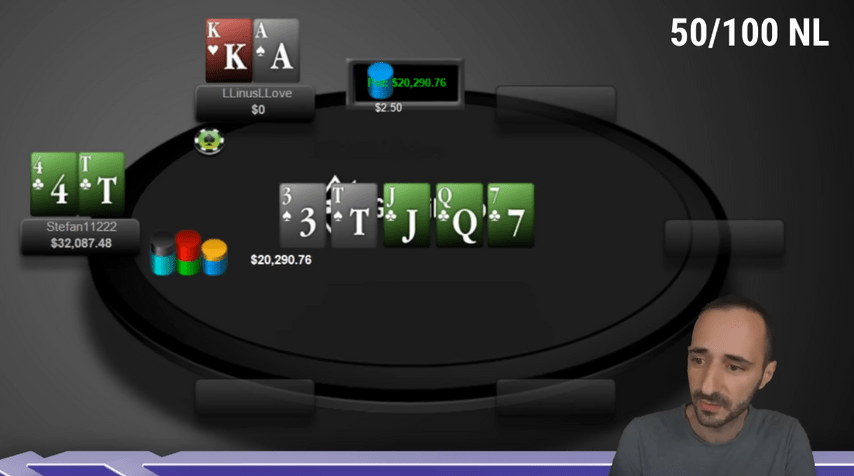
Stefan wins the pot with the third nut flush. He probably thought that Linus was more likely to make extra calls.
Linus called with without clubs. In my opinion, this is not a GTO call. We have no blockers, the ace of spades and the king of hearts do not give us any advantage. But Linus in this spot has not only all flushes, but also all straights with one club. I would prefer to call with one club, or and not his hand. Maybe in the heat of the fight, Linus did not have time to reorganize his range and understand that his beautiful turned into a bad bluffcatcher.
Well played Stefan!
I'll add two more hands. They are short and simple, but cute.
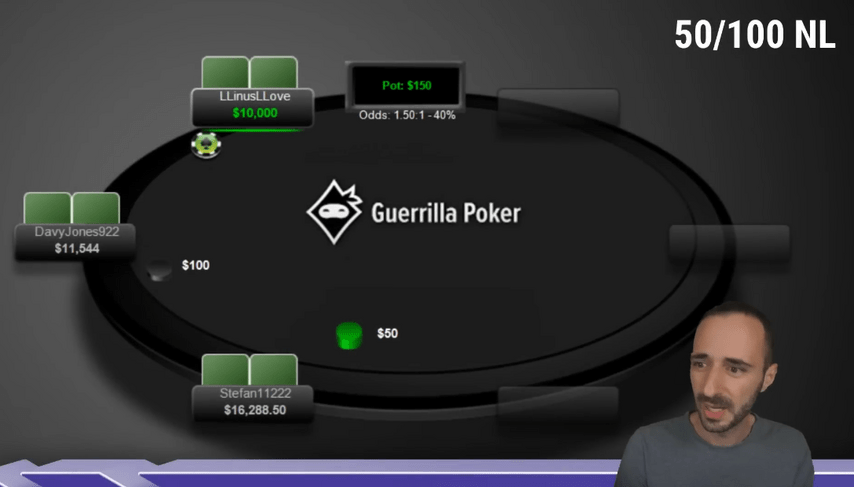
Linus raises to $245, Stefan 3-bets to $1,102, Linus calls. Sizings are good, everything is fine. If your sizing is noticeably different from those shown by these players, start retraining.
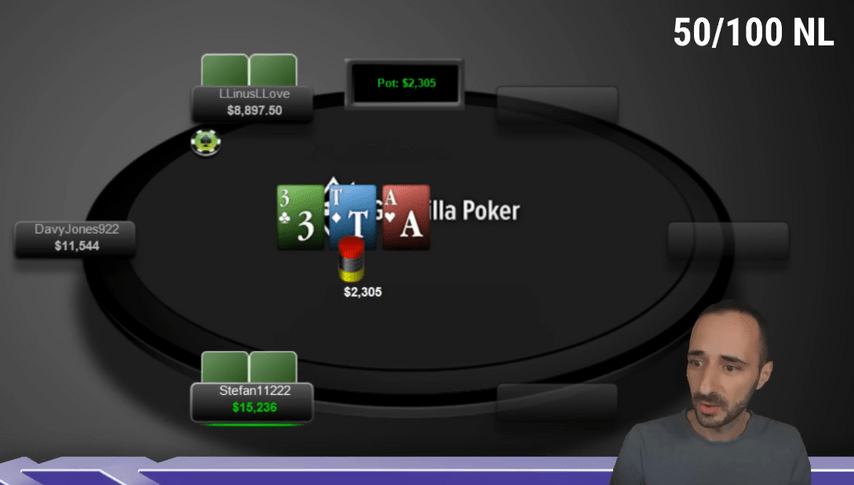
A good board for a 3-bettor is two high cards and one very low, just like this. Stefan bets half the pot, $1,151. Linus calls. As you watch, consider what range Linus is continuing with here. Does he call, for example, with ? How about ? With QJo? Try to build a clear picture in your head – it will come in handy on the following streets.
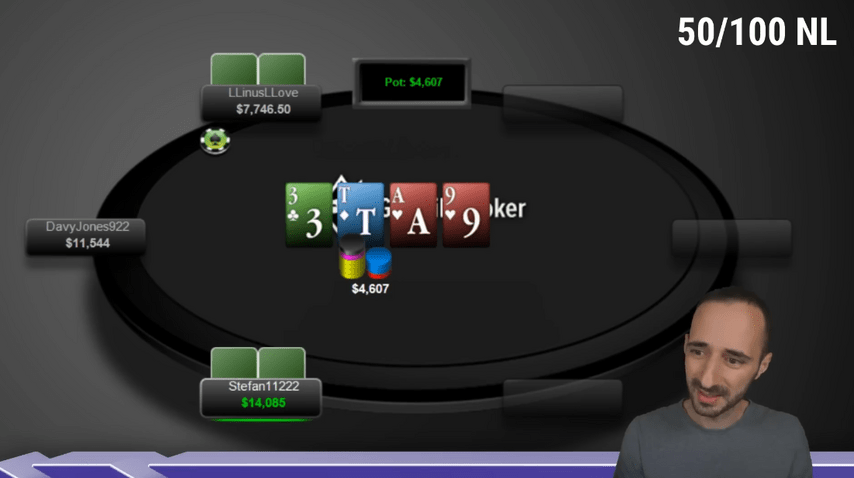
Well, does he have nines? ? ? Can he have A9o?
Stefan makes a small bet, $1,611. Apparently, his range here is somewhat wide, not just AK+. With this bet, Stefan puts pressure on the and , of his opponent.
Linus min-raised to $3,222. He claims to be beating Villain's value range, meaning he's repping two pair or better, maybe AQ+, maybe AJ+.
Stefan calls. He has a draw that can continue with these odds, a bluff catcher or a trap.
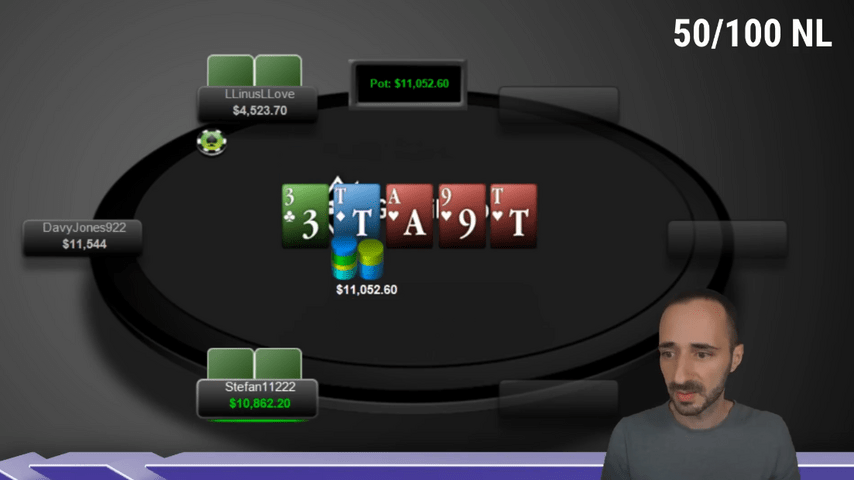
The river completes a backdoor flush draw. Stefan makes a small donk bet, $2,762 into an 11k pot, and doesn't even bet enough to put Linus all-in. The choice of sizing looks extremely strange.
Let's think: why is Stefan donking the ten? What changed? In my opinion, the most important thing is that and lose their strength. With this sizing, Stefan seems to be trying to get value from these hands, does not give them the opportunity to safely check next. Perhaps he has or – it is logical to push with flushes. In general, his bet looks like an attempt to milk a little value or bluff cheaply with .
Linus goes all-in. Stefan doesn't fold any value hands and calls.
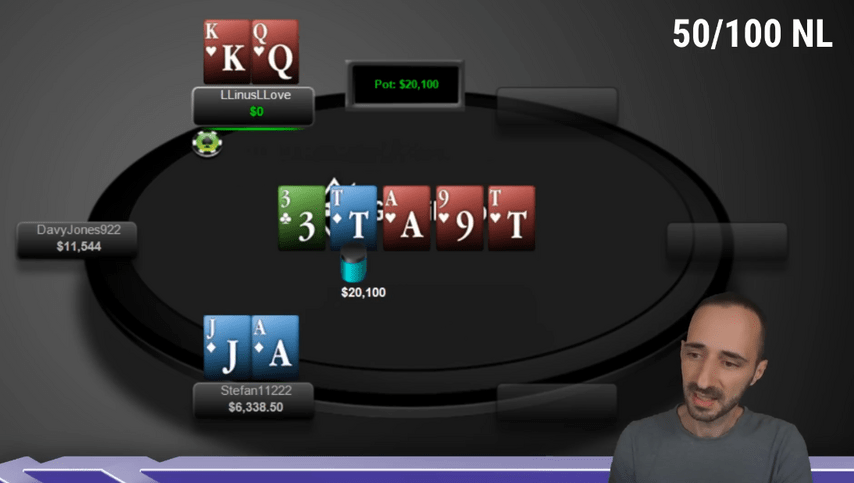
At first, everything seems logical for Linus – we defend preflop, we call the flop, but I probably would not have implemented a min-raise on the turn. But overall, it's a cool min-raise hand: it crushes all of Stefan's draws and is basically ready to stack off against anything. Ideally, if Stefan shoves some hands or vs the min raise...
Stefan's line doesn't raise any questions – 3-bet, c-bet half pot, small bet on the turn... I also like calling a raise, given the strength of the hand. I don't know if donk betting is good on the river, but the idea behind it is that the action has logic.
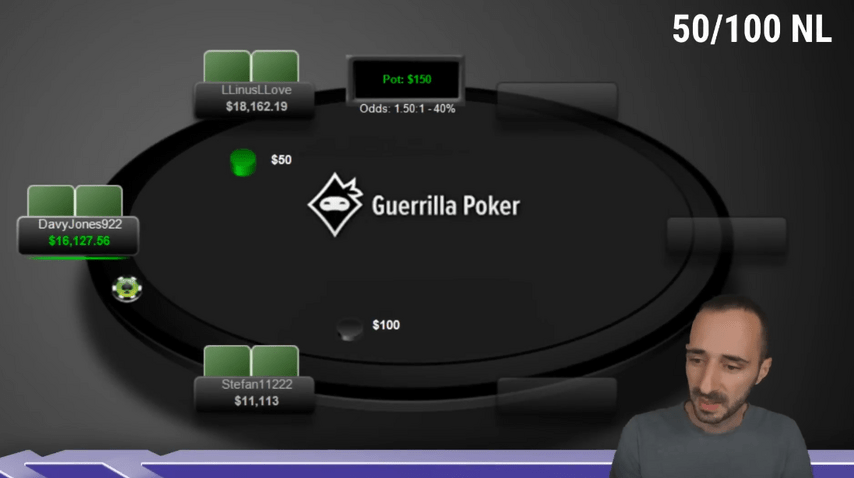
Our heroes remain one on one in the blinds. Linus limps and Stefan checks. The SPR in an unraised pot is about 55. It takes a miracle to get stacked.
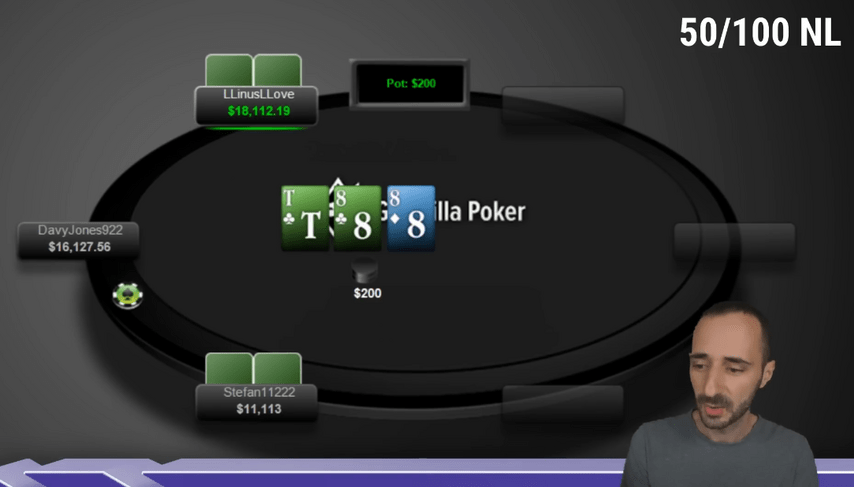
Linus bets $100 on the flop, Stefan raises to $300. Linus clicks back – $500. Stefan 4-bets for $1,500. Linus calls.
If you think about ranges, for value you can play from strong trips like this – , not even sure about . Both of them also have bluffs – combo draws, flush draws, straight draws.
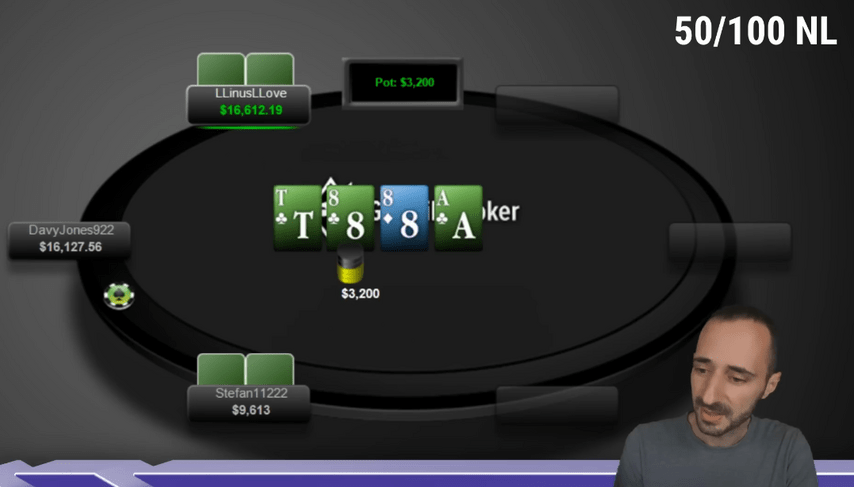
On the turn, which completes all flush draws, Linus donk bets $790. What is he representing? (I understand that the whole hand out of context looks as delusional as possible, but let's think.) Stefan was the last aggressor on the flop. We can assume that he has trips and Linus has a draw. And then the draw hit, and Linus says to his opponent: “I have a flush! Your trips are in trouble."
This explanation has a drawback – that the flush completer was an ace. All trips are not enough for Stefan to 4-bet – he needs a strong kicker, and fits perfectly into this picture. So this exact turn that came out might not be the best to donk when you have a flush.
Both participants in the distribution have long gone beyond the studied theory. This is the Wild West, cowboy poker. And even the best of the best in completely new conditions are not immune from mistakes. This is the beauty of poker – even the two strongest players in the world at some point start to improvise.
In response to a small donk bet from Linus, Stefan raises to $2,500! I interpret his bet like this: “You know, Linus, I'm not afraid of your flush. I already have a full house. Or the nut flush. Or bluff."
Linus...
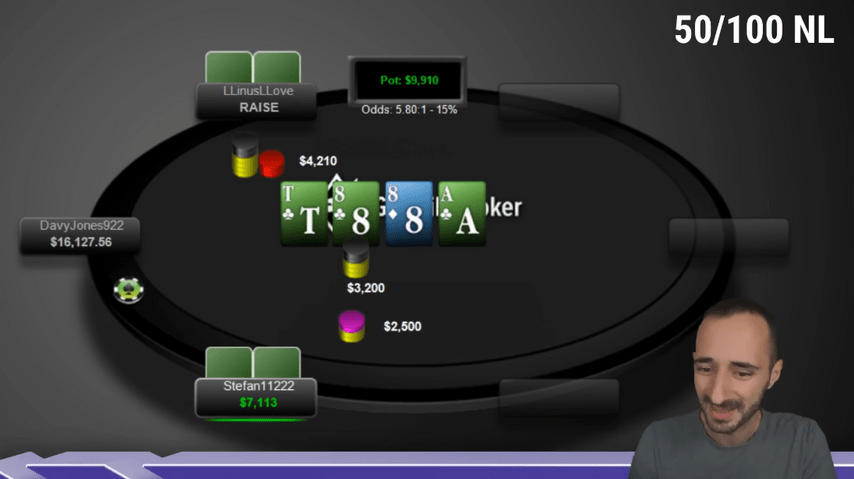
...3-bets! Phantasmagoria! He plays, well, probably four of a kind, a strong full house, something like that. I'm surprised to see this 3-bet.
Stefan calls.
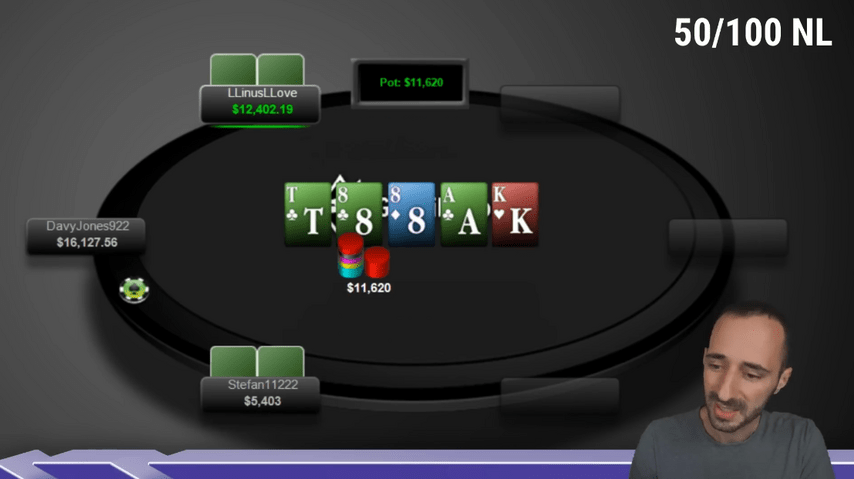
Linus pushes all-in for about half the pot and Stefan calls. Look how much work it took to get stacks in a limp pot to the center of the table! How many raises and reraises! This is not a 3-bet pot, where the stacks are easily put in over three streets.
Well, what do you think they have?
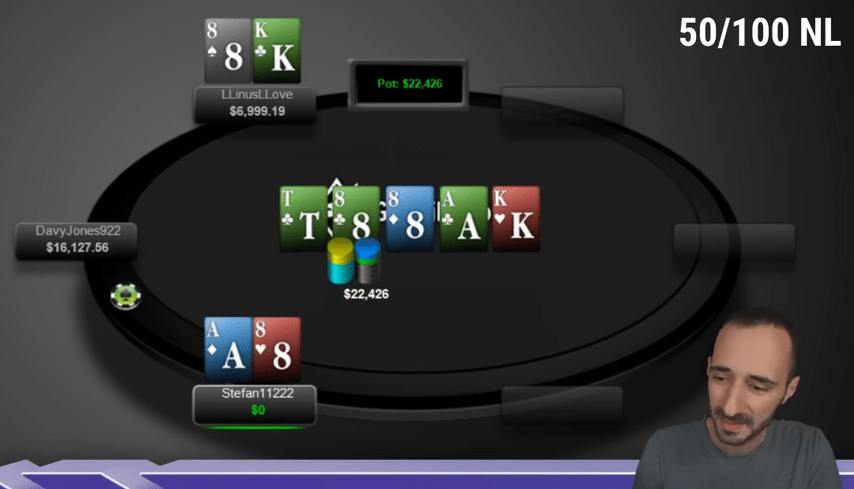
Before Stefan raised on the turn, everything was clear to me, including Linus's donk bet. However, with his 3-bet, Linus seems to be out of range. In my opinion! Of course, Linus understands the game better than I do, but he can make mistakes too, and 3-betting the turn seems like a blunder to me. Although it is possible that I am overestimating the narrowness of the ranges of the participants in the hand.
On the river, Linus improves to a full house, making it impossible to get away. Although I might prefer not to go all-in, but check-call.
There are no complaints about Stefan's line, he played everywhere as fast as possible, everything was business. And yet, to get the whole stack, he needed the help of Linus.
Cool hand! And for today, that's everything. If you like my reviews, please subscribe to our YouTube channel. See you soon!











